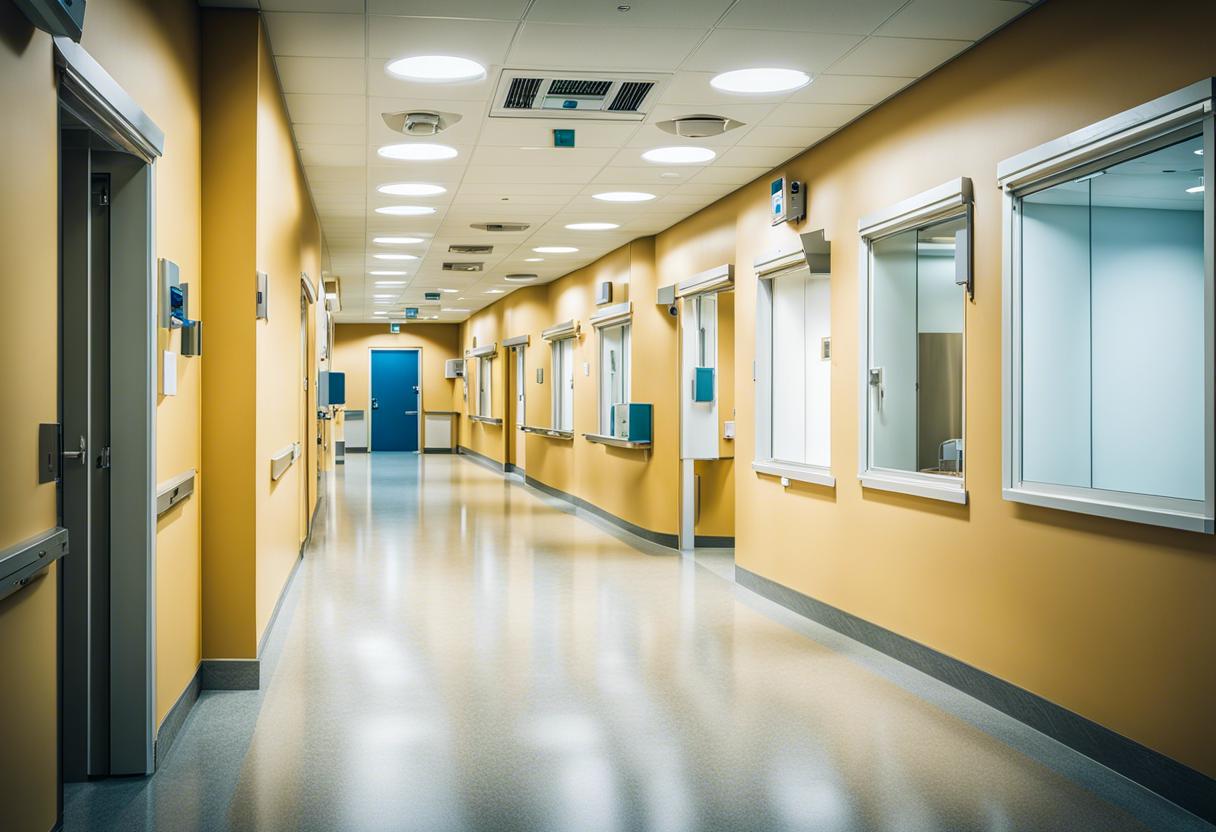The hospital bed shortage has been a long-standing concern, perpetually resulting in overcrowded facilities. The pressure on healthcare infrastructure used to be significant only in winter, but nowadays, it’s an all-year-round problem. Annually, numerous reports emerge of patients enduring long waits on trolleys for an available bed. Recently, heart-rending incidents have surfaced, like the premature death of 16-year-old Aoife Johnston from sepsis following a nearly 15-hour wait without a bed at University Hospital Limerick.
Moreover, the occupancy rates in hospitals often cross 95 per cent, while the advisable rate stands at 85 per cent. Unless prompt actions are taken, this issue is only expected to exacerbate. Considering Ireland’s growing and ageing populace, the Economic and Social Research Institute (ESRI) predicted a dire shortfall of 3,000 hospital beds by 2030, unless immediate investment is made.
In this scenario, the Health Minister, Stephen Donnelly’s declaration of nearly 3,000 more hospital beds denotes a considerable investment in healthcare capacity. The total count of fresh beds to be introduced would rise to 4,367 by 2031, combining the added 2,977 beds, 355 replacement beds and the 1,015 beds under construction or that have already been allocated.
This announcement seems quite timely with elections around the corner and could be viewed as a boost for the Government parties. Regardless, it brings a sense of relief for patients, provided the promises are fulfilled. The planning process was guided by the HSE’s modelling and assessment of each site, with an aim to establish a “balanced, regional bed capacity”, said Donnelly.
As per the plan, those in the southwest would particularly gain, with Cork University Hospital projected to have an additional 412 beds in 2031 in comparison to 11 years ago. In the first phase of delivery, scheduled from 2025 to 2028, Galway University Hospital and University Hospital Kerry are set to receive 198 and 108 new beds respectively during this timeline.
There are indeed impressive strategies underway in Dublin hospitals that will significantly bolster their capacity. Beaumont Hospital, for instance, is anticipated to receive 232 fresh patient beds between 2025 and 2031. However, the procurement of new beds is a costly exercise. It exceeds €1 million per annum to obtain and maintain each bed, involving costly infrastructure and payroll tactics that demand time and financial investment.
In terms of personnel, sourcing and keeping health workers is another considerable challenge. Upon Donnelly’s proclamation, around 10,000 nurses are essential to accommodate these newly added beds. Although hiring staff isn’t likely to present a hurdle – evident from the HSE’s employment record from last year, where they recruited more individuals than their budget allowed – the long-term retention of these workers might pose an unexpected issue.
As such, despite the presence of commendable proposals, it’s debatable whether they will ultimately be realised.

